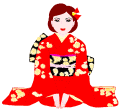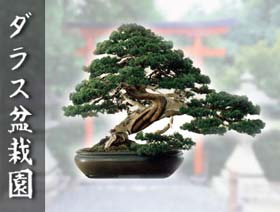|
Spontaneous
in northern America, Asia and western Europe,
this deciduous shrub is commonly used for hedges, thanks to the
thick foliage and the thorny branches. The small leaves and the
thick white, pink or red blossom, which generates orange or red
berries in autumn, make it good for bonsai growing. Crataegus
monogyna, the common hawthorn, produces sweet-smelling white
flowers, while C. oxyacantha has originated different
cultivars, even if it is not so widespread. Japanese Hawthorn
(C. cuneata) produces white flowers and big red
berries, which look like rosebush false fruits.
|





